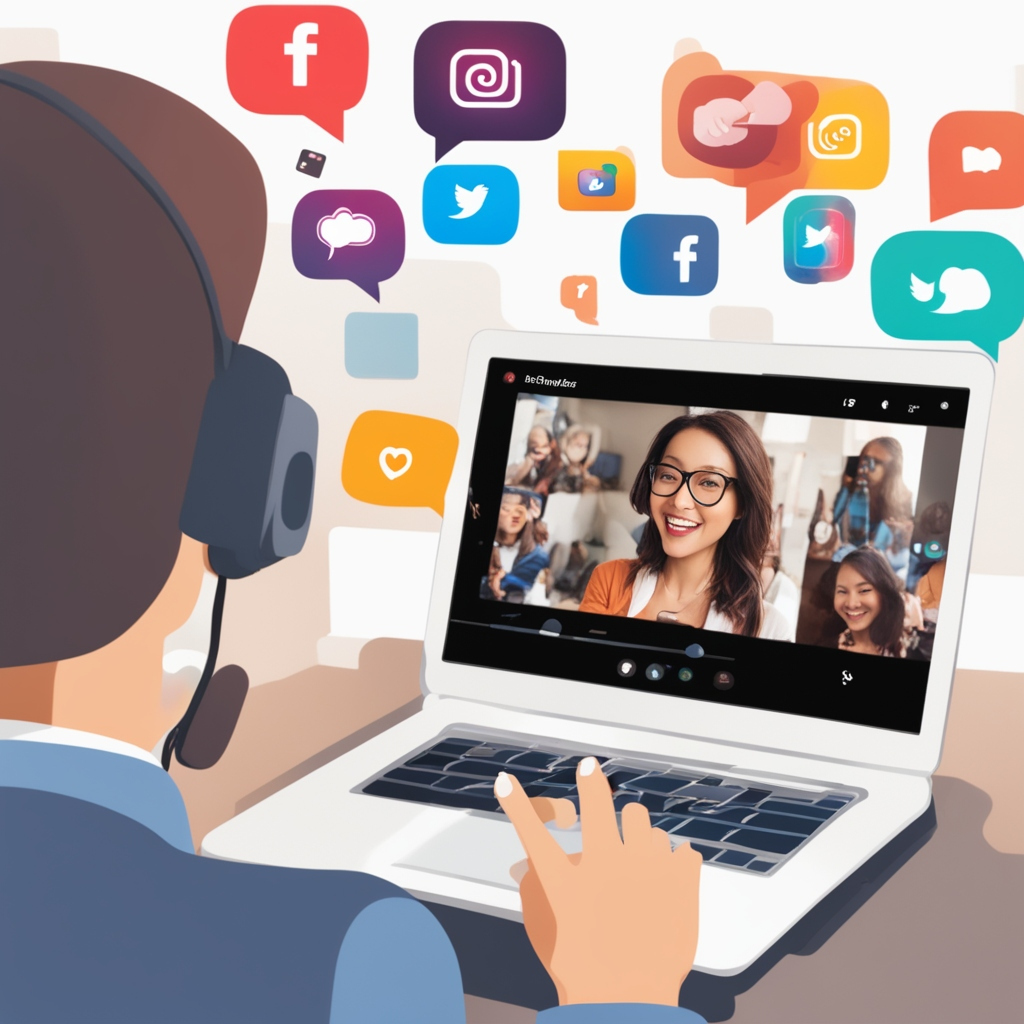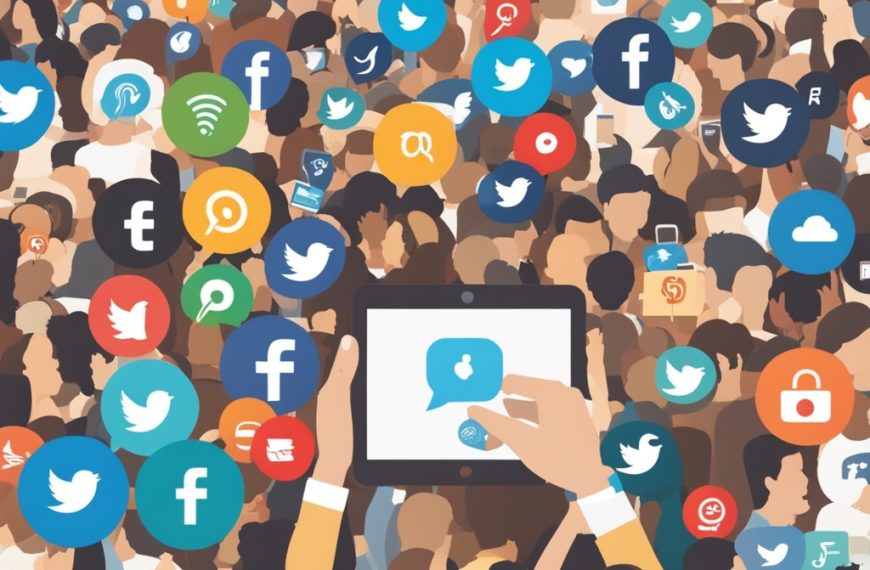Social media platforms are constantly evolving to enhance user engagement and interactivity. One of the most influential developments in recent years has been the rise of live streaming. Platforms like Facebook Live, Instagram Live, YouTube Live, and Twitch have revolutionized the way individuals, businesses, and influencers connect with their audiences. Live streaming offers real-time interaction, fostering a sense of immediacy and authenticity that traditional social media posts cannot replicate. This article explores the impact of live streaming on social media engagement and its significance in digital marketing and content creation.
The Rise of Live Streaming
Live streaming has grown exponentially due to advancements in internet speeds, mobile technology, and social media algorithms prioritizing live content. Initially popular in the gaming industry through platforms like Twitch, live streaming has expanded into various fields, including education, business, entertainment, and personal branding. Today, influencers, brands, and content creators leverage live streaming to engage their audiences, launch products, host Q&A sessions, and conduct virtual events.
Key Benefits of Live Streaming for Social Media Engagement
1. Real-Time Interaction
Live streaming enables direct communication between content creators and their audiences. Viewers can comment, ask questions, and receive immediate responses, creating a dynamic and interactive experience. This fosters stronger connections, enhances trust, and increases audience retention.
2. Enhanced Authenticity and Transparency
Unlike pre-recorded content, live streaming presents an unfiltered, real-time perspective, making content more genuine and relatable. This authenticity helps build credibility, as audiences appreciate transparency and spontaneous interactions.
3. Increased Engagement Rates
Live videos typically receive higher engagement rates compared to standard posts, images, or pre-recorded videos. Social media algorithms prioritize live content, leading to increased visibility, comments, shares, and reactions.
4. Boosts Brand Awareness and Reach
Live streams often attract larger audiences due to notifications sent to followers when a live session begins. This organic reach helps brands expand their audience base without relying heavily on paid promotions.
5. Cost-Effective Marketing Tool
Live streaming eliminates the need for expensive video production, editing, and post-production costs. It allows businesses and creators to share content in a budget-friendly manner while maximizing audience engagement.
How Different Platforms Utilize Live Streaming
1. Facebook Live
Facebook Live enables businesses and influencers to engage their audiences through live Q&A sessions, behind-the-scenes content, and product launches. The interactive features, such as live polls and reactions, enhance viewer participation.
2. Instagram Live
Instagram Live is ideal for informal and personal interactions. Brands and influencers use it for live collaborations, tutorials, and audience engagement through the Q&A and comment features.
3. YouTube Live
YouTube Live is popular for webinars, gaming streams, and educational content. Its long-form nature allows for in-depth discussions and audience engagement through live chat.
4. Twitch
Primarily used by gamers, Twitch has expanded to include various content categories such as music, talk shows, and lifestyle content. Twitch fosters a strong sense of community, as streamers interact with audiences in real time.
5. TikTok Live
TikTok Live offers interactive features like live gifting, Q&A, and co-hosting options. It is especially effective for influencers and brands looking to connect with younger audiences in an engaging manner.
Challenges of Live Streaming
Despite its advantages, live streaming comes with challenges:
- Technical Issues: Poor internet connectivity, lag, and audio-video synchronization issues can impact the viewer experience.
- Unscripted Content Risks: Live streaming lacks editing, making it vulnerable to mistakes, awkward moments, or negative viewer interactions.
- Content Moderation: Managing real-time comments and controlling negative or inappropriate interactions can be difficult.
Best Practices for Effective Live Streaming
To maximize engagement and effectiveness, consider the following best practices:
- Plan Ahead: Outline key discussion points to ensure a smooth and structured live session.
- Promote in Advance: Announce your live stream beforehand to attract a larger audience.
- Engage Viewers Actively: Encourage audience participation by addressing comments, questions, and shout-outs.
- Optimize Lighting and Sound: Ensure good video and audio quality for a professional-looking live session.
- Keep It Interactive and Fun: Use polls, quizzes, and giveaways to maintain audience interest.
- Analyze Performance Metrics: Review engagement statistics post-stream to improve future live sessions.
Live streaming has transformed social media engagement by fostering real-time interaction, authenticity, and community building. As the digital landscape continues to evolve, businesses, influencers, and content creators must leverage live streaming to stay relevant and enhance audience engagement. By adopting best practices and overcoming challenges, live streaming can be a powerful tool in any social media strategy, driving growth, loyalty, and meaningful connections.




